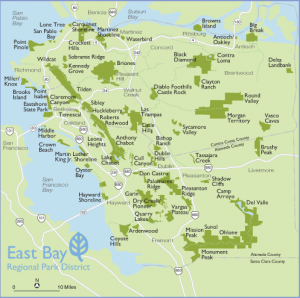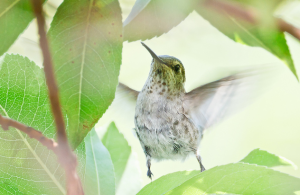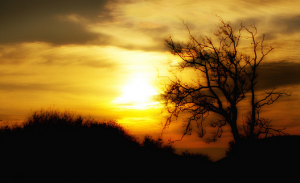 If you haven’t heard, we’re big fans of the East Bay Regional Parks District here at 511CC. The District has dozens of beautiful preserves, parks, ranches, valleys, hills, points, trails, and bays, including over a dozen right here in Contra Costa County.
If you haven’t heard, we’re big fans of the East Bay Regional Parks District here at 511CC. The District has dozens of beautiful preserves, parks, ranches, valleys, hills, points, trails, and bays, including over a dozen right here in Contra Costa County.
If you ever need a reason to hop on your bike or lace up your walking shoes, look no further.
Let’s take a look at three of the parks.
Briones Regional Park
With rolling, grassy hills and secluded, shady canyons, Briones is a special refuge in central Contra Costa County with access from various points in Lafayette, and Bear Creek Road and Reliez Valley Rd in Martinez.
The park has an archery field, black-tailed deer, coyotes, squirrels, red-tailed hawks, and turkey vultures.
From Briones Peak, the highest point in the park, there are panoramic views of Mount Diablo and the Diablo Valley to the east, the Sacramento River and Delta to the north, the East Bay hills and Mt. Tamalpais to the west, and Las Trampas Regional Wilderness to the south.
Plus, the County Connection can take you within 1.5 miles of the entrance. That’s easy biking distance!
Learn more.
Tilden Regional Park
 Botanical garden, merry-go-round, steam train, Lake Anza, and golf – what more could you want?
Botanical garden, merry-go-round, steam train, Lake Anza, and golf – what more could you want?
One of the District’s oldest parks located in the Berkeley/Oakland hills, Tilden has been called the jewel of the system, and its recreational activities have become a happy tradition for generations of East Bay youngsters. From a carousel ride and a picnic to a swim at Lake Anza and a stroll through the Botanic Garden, Tilden has variety to delight everyone. And there are plenty of quiet places in Tilden’s 2,079 acres to shelter the wildlife and preserve natural beauty.
With 39.41 miles of trails in Tilden Park there’s enough to delight all park visitors.
Learn more.
Big Break Regional Shoreline Park
Big Break was once an upland farm in Oakley, now submerged. It is a small bay or estuary at the edge of the San Joaquin River, and lies in the zone where salty seawater meets snowmelt runoff from the Sierra Nevada mountains. The mixing of salty and fresh water produces an “edge effect” for increased habitat and species diversity. It makes Big Break a fine home or stopover spot for a wide variety of species, particularly birds and fish.
 Big Break is home to 70 species of birds and several species of mammals. Twenty-seven special-status wildlife species have the potential to occur within the parkland; six special-status wildlife species are known to occur. Nesting is confirmed or suspected for black rails, northern harriers, white-tailed kites, and yellow-breasted chats. Many wading birds, including great blue herons, great egrets, snowy egrets, green herons and white-faced ibis, forage in the tidal sloughs and freshwater marshes. These areas also provide habitat for Western pond turtles, a California Species of Special Concern. Big Break is suitable breeding habitat for turtles, and females can lay their eggs in the sandy banks and well-drained upland soils. The tidal sloughs, freshwater marsh, and riparian areas also provide valuable habitat for beavers, muskrats, and river otters, which forage and potentially den at Big Break.
Big Break is home to 70 species of birds and several species of mammals. Twenty-seven special-status wildlife species have the potential to occur within the parkland; six special-status wildlife species are known to occur. Nesting is confirmed or suspected for black rails, northern harriers, white-tailed kites, and yellow-breasted chats. Many wading birds, including great blue herons, great egrets, snowy egrets, green herons and white-faced ibis, forage in the tidal sloughs and freshwater marshes. These areas also provide habitat for Western pond turtles, a California Species of Special Concern. Big Break is suitable breeding habitat for turtles, and females can lay their eggs in the sandy banks and well-drained upland soils. The tidal sloughs, freshwater marsh, and riparian areas also provide valuable habitat for beavers, muskrats, and river otters, which forage and potentially den at Big Break.
Tri Delta Transit #300 provides service to Vintage Parkway and Big Break Road on weekdays. You can also access the park by walking in on Marsh Creek Regional Trail, just adjacent to Marsh Creek off E. Cypress Road in Oakley, east of its intersection with Main St./Highway 4.
Learn more.
